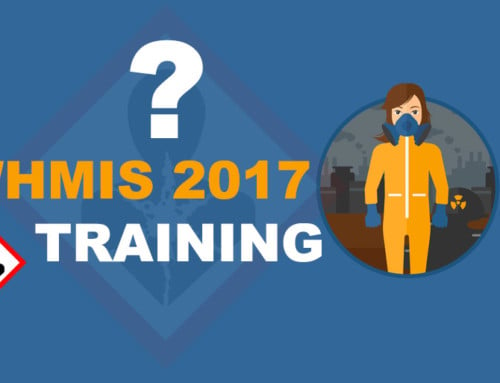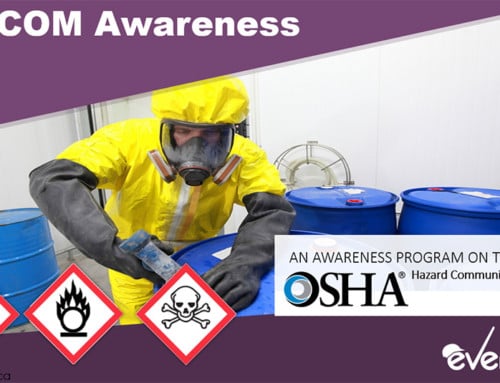HAZCOM Pictograms
OSHA revised the Hazard Communication Standard in 2012 to incorporate the Globally Harmonized System of Classification and Labeling of Chemicals (GHS) and improve the consistency and quality of communicating hazards. The updated OSHA Hazard Communication Standard requires that every label should contain a pictogram to alert the users of hazardous chemicals about which chemical hazards they may be exposed to.
Before using a HazCom 2012 pictogram, chemicals must first be classified and categorized depending on the nature and severity of their hazardous effects. After classification of the chemicals, proper label elements (such as signal word, hazard statement and pictogram) are chosen for use in creating the labels. Therefore, the Hazcom pictogram used on the label of every hazardous chemical depends on the chemical’s hazard class and category.
What is a Hazcom Pictogram?
A pictogram is a graphic image included in a product label to immediately show and warn users of a hazardous product of the type of hazard present. In fact, pictograms are graphic symbols that communicate specific information about chemical hazards more strikingly. Generally, a pictogram is made up of a hazard symbol plus other graphic elements, like a background pattern, border (frame) and color, which help to convey the intended information about chemical hazards more vividly. And by a quick glance of a Hazcom pictogram, the user of a hazardous product is able to see that a product is, for example, flammable, a health hazard or carcinogenic.
GHS/Hazcom Pictograms consist of a distinctive red “square-set-on-one-of-its-points” border (a red diamond frame). Inside the red frame is a symbol representing the type of hazard (such as health hazard, fire, flammable or corrosive), and the red frame together with the hazard symbol make up the pictogram. A red square frame set at a point but without a hazard symbol is not a pictogram and must never be used on labels.
According to the revised Hazard Communication Standard, hazardous chemicals that are being shipped or transported must have pictograms consisting of a red square frame set at a point and a black hazard symbol on a white background inside the frame. The pictogram must be located prominently on the label and must be sufficiently wide and clearly visible.
Hazcom Pictograms and Symbols in the Workplace
Employers have the ability to use additional instructional symbols that are unique to their workplaces and that are not included in OSHA’s HCS pictograms when creating their workplace labels. For example, during internal instructional programs, employers can use an image of a person with goggles to indicate that goggles must be worn when handling a specific chemical. It is also acceptable for employers to combine HAZCOM pictograms with their own unique pictograms when preparing workplace labels. Moreover, employers are allowed to use the environmental pictogram and the HMIS PPE pictograms to help workers identify hazardous chemicals and comprehend the necessary protective measures to put in place when handling or using the hazardous chemical.
Using Pictograms During Shipping of Hazardous Chemicals
A Hazcom pictogram is used on a product label as well as on the safety data sheet. In fact, most of the pictograms are already being used in shipping and transportation and many chemical users are already familiar with them. However, it is essential to note that OSHA pictograms are not a replacement for the diamond-shaped labels used by the U.S. Department of Transportation (DOT) during transportation of chemicals such as chemical totes, chemical drums, tanks and other containers. The DOT labels must never be replaced, must always be on the external part of transported containers and must meet the strict requirements of the DOT.
Whenever a label already has a DOT transport pictogram, the corresponding HCS pictogram is not added to the container. But if the DOT does not conflict with the HCS pictogram, then both the DOT and HCS pictograms are added to the label during international shipping of chemicals. Even though the DOT diamond labels are required on the exterior of shipping containers of all hazardous chemicals, chemicals placed in smaller containers and in turn placed inside larger shipping containers do not require DOT diamond labels but must have the OSHA pictograms.
Additionally, transport pictograms should be at least 100 mm by 100 mm, except for smaller pictograms used on gas cylinders and smaller packaging containers. Pictograms should also have their symbols on the upper-half of the label and should be affixed to backgrounds of contrasting colors. For example, a pictogram should have a black symbol placed on a white background inside a red frame.







